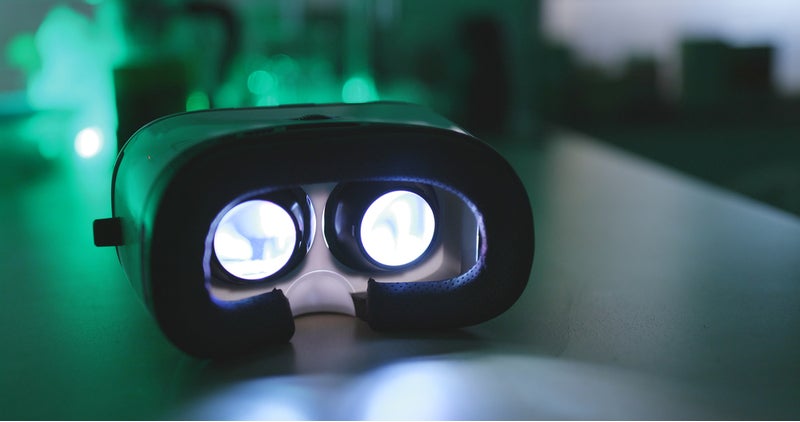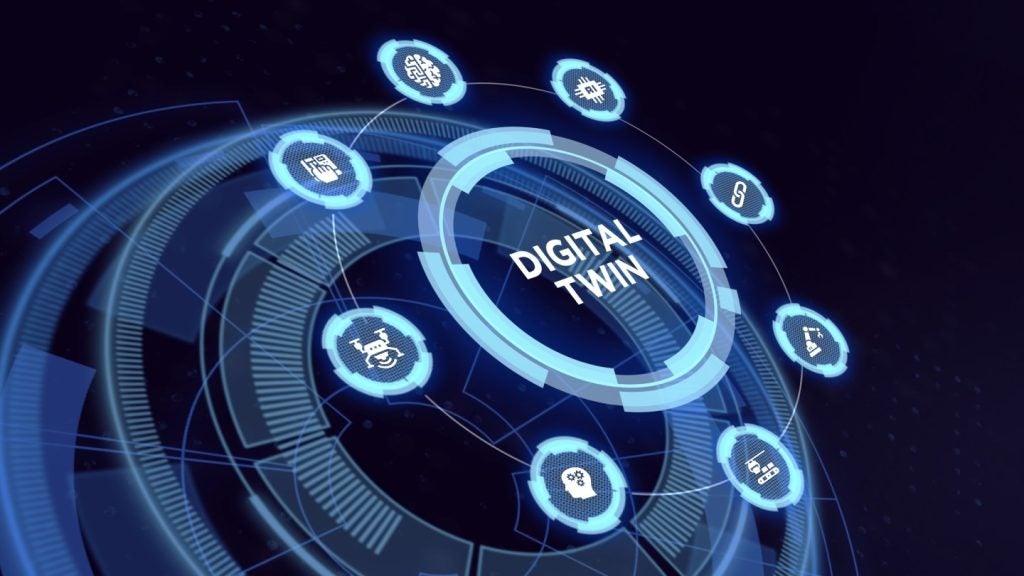
Content developers working in the realms of augmented reality (AR) and virtual reality (VR) are constantly improving the immersive user experience. The end result is that it is becoming increasingly difficult for the human brain to separate digital encounters from real-world occurrences.
AR and VR commanded a significant presence at the AT&T Shape 2019 tech and entertainment expo, held 22-23 June at the Warner Bros Studio, Burbank, California, US. Numerous exhibitors conducted AR and VR demos using headsets that helped transport a participant’s mind beyond their body’s physical location.
Can AR & VR have lasting psychological effects?
During the AT&T event, filmmaker Karen Palmer headlined a thought-provoking session focused on her emotionally responsive film Riot. The interactive film of a riot cop confronting a viewer blends artificial intelligence and behavioural psychology to gauge and react to people’s visceral reactions.
Riot alters its narrative based on the individual viewer’s reaction, which is assessed via the use of facial recognition and algorithms. The film helps make viewers aware of their own reactions, enabling them to step back to build new neurological pathways in their brain and create new behaviour responses, by replacing fear with calmness, for example.
Similarly, VR technology has been used by therapists in exposure therapy, through which patients are conditioned over time to experience things they dread while in a safe place until they lose the fear response. Medical professionals have also used digital-based VR therapies to help people deal with physical pain by escaping to a more peaceful place in their mind.
Those are the positive results of immersive digital experiences. However, Palmer and numerous researchers caution that because AR and VR affect people on a neurological level, creators involved in the field need to be conscious of the human and societal impacts of their work.
Fight or flight response
AR and VR can have lasting psychological effects because they engage the sympathetic nervous system, which activates the fight or flight response. Because the human brain perceives and reacts to immersive digital experiences the same way as real-world ones, it can alter a person’s perceptions of the physical world around them.
How well do you really know your competitors?
Access the most comprehensive Company Profiles on the market, powered by GlobalData. Save hours of research. Gain competitive edge.

Thank you!
Your download email will arrive shortly
Not ready to buy yet? Download a free sample
We are confident about the unique quality of our Company Profiles. However, we want you to make the most beneficial decision for your business, so we offer a free sample that you can download by submitting the below form
By GlobalDataA recent study led by Jeremy Bailenson, a professor of communication at Stanford University, found that AR experiences impact people’s interactions in the physical world even after an AR session is over.
For example, people will avoid sitting on an empty chair where they previously saw an AR-generated avatar sitting. The researchers also discovered that people who experience social inhibition – causing them to struggle with challenging tasks when they have a person watching them – also wrestle with such tasks when a disembodied avatar watches them in AR. That is because the human brain regards human-looking avatars as quite real. It can also interpret monsters or other imaginary attackers in a virtual world as real physical threats.
Gauging societal impacts
Researchers are concerned that virtualised content featuring violence or pornography can lead participants to engage in inappropriate behaviours in the physical world. For some individuals, immersive experiences might cause intense psychological reactions, even leading to post-traumatic stress disorder.
All of these negative impacts could be more enhanced in teenagers and children, whose brains are still developing. Though AR and VR offer many possible benefits, the social-psychological costs are only starting to be understood. Content creators will ultimately bear responsibility for how the virtual worlds they create impact the humans who enter them.





